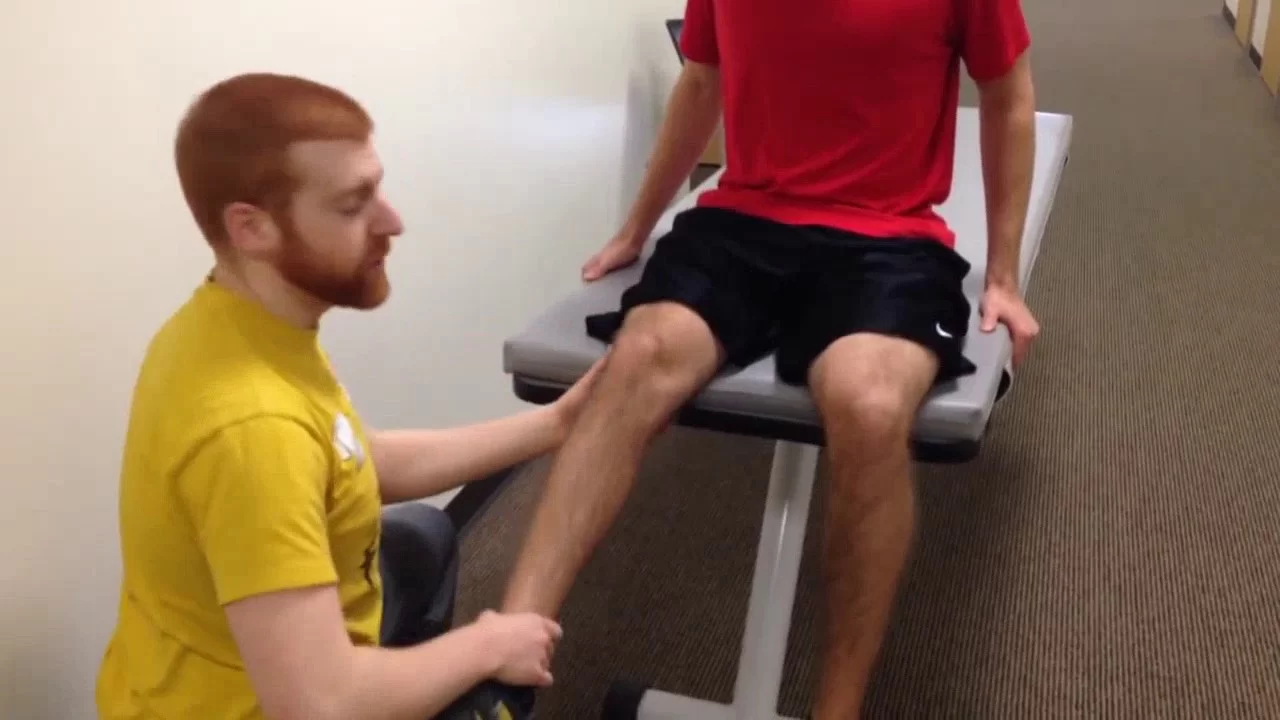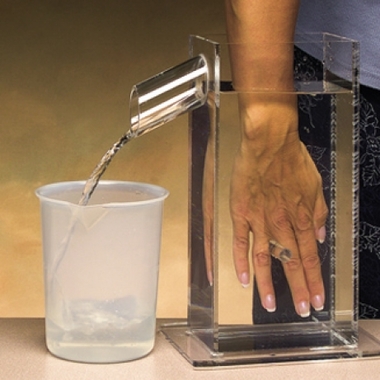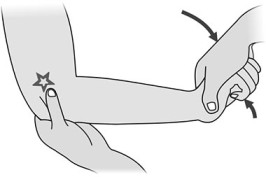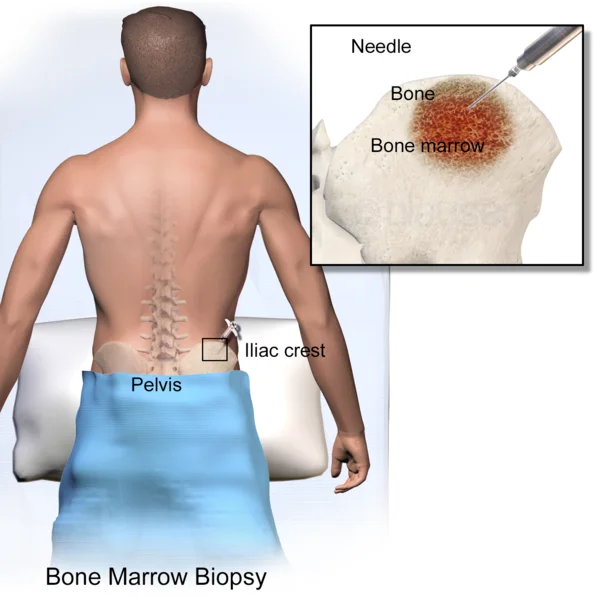A Special Test of the Hamstrings Tightness
- This test is applied by to doctor or therapist to check the hamstring tightness.
- This test is applied in the clinic is to examine part of the assessment.
- This test is applied when the patient complains of leg pain & fell the pain during constant standing & walking.
Purpose of the hamstrings tightness
- Both tests are used to check the tightness of the hamstrings muscle.
Name of the special test for hamstrings tightness:
- Hamstring contracture test
- Tripod sign
Hamstring contracture test:
How do you perform this hamstrings tightness?
- The patient is instructed to sit with one knee flexed against the chest to stabilize the pelvis & the other knee extended.
- The patient then attempts to flex the trunk & touch the toes of the extended lower limb of the test leg with the fingers.
- After that, this test is repeated on the other side.
- Do the comparison between the two sides of test.
What is result of this hamstrings tightness?
- Normal people is able to touch the toes while the knee is extended.
- If he or she is unable to do so, it is an indication of a tight hamstring on the straight leg.
Tripod sign :
How do you perform this hamstring tightness test?
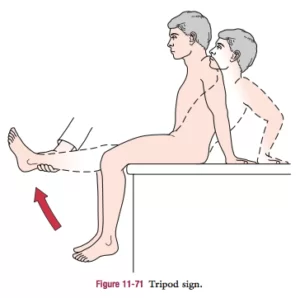
- The patient is seated with both knees flexed to 90′ over the edge of the examining table.
- The examiner then passively extended one knee.
- If the hamstrings muscles on that side are tight, the patient extended the trunk to relieve the tension in the hamstring muscles.
- The leg is returned to its starting position,& the other leg is tested & compared with the first side.
What is the result of this hamstring tightness?
- Extension of the spine is indicative of a positive test.
- The examiner must be aware that never roots problems such as stretching of the sciatic nerve can cause a similar positive sign, although the symptoms will be slightly different.

